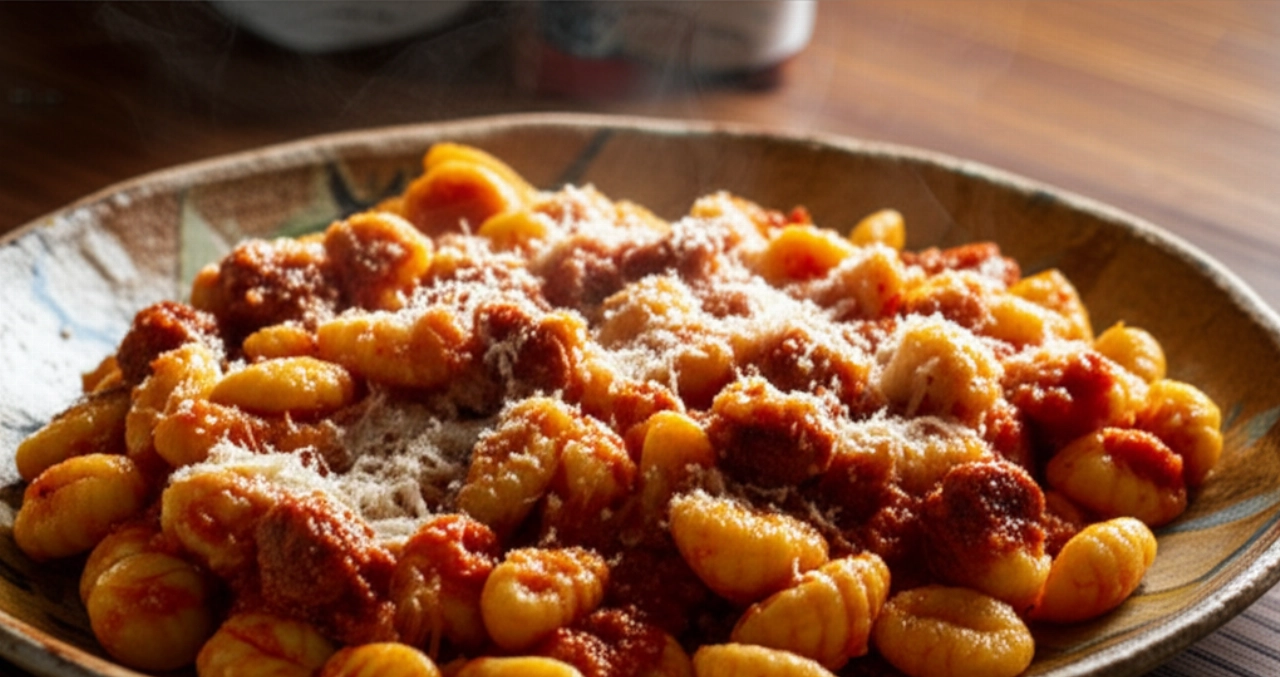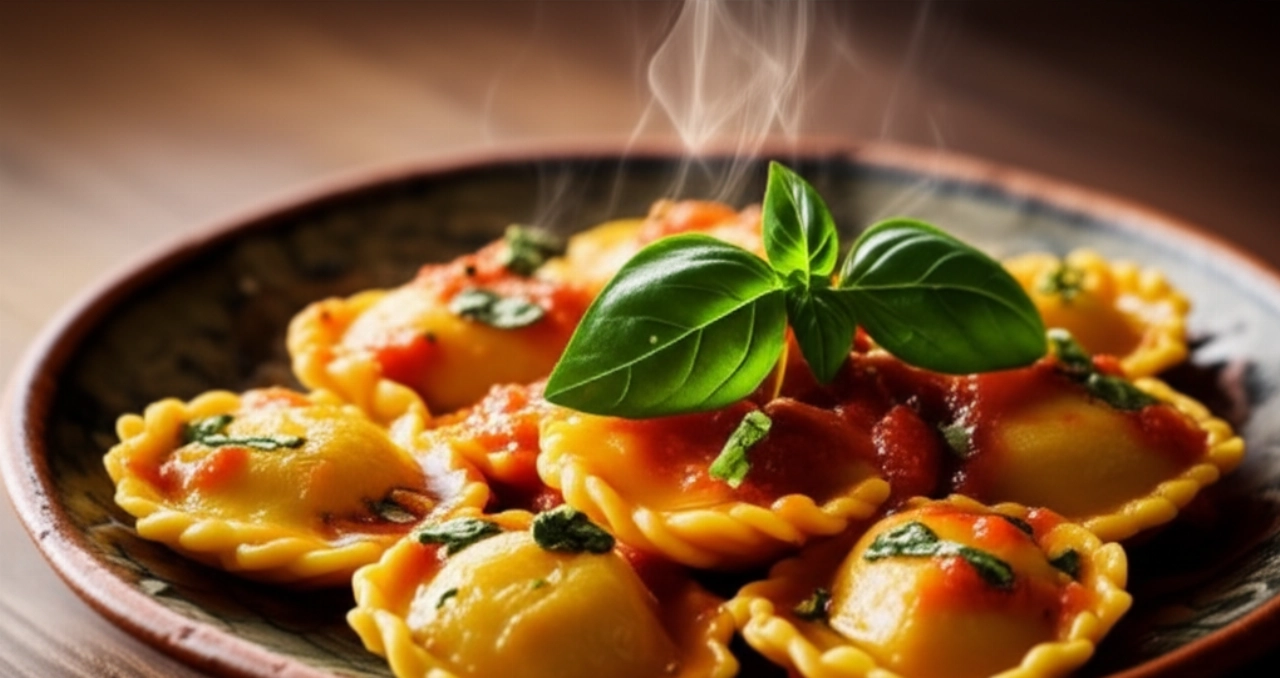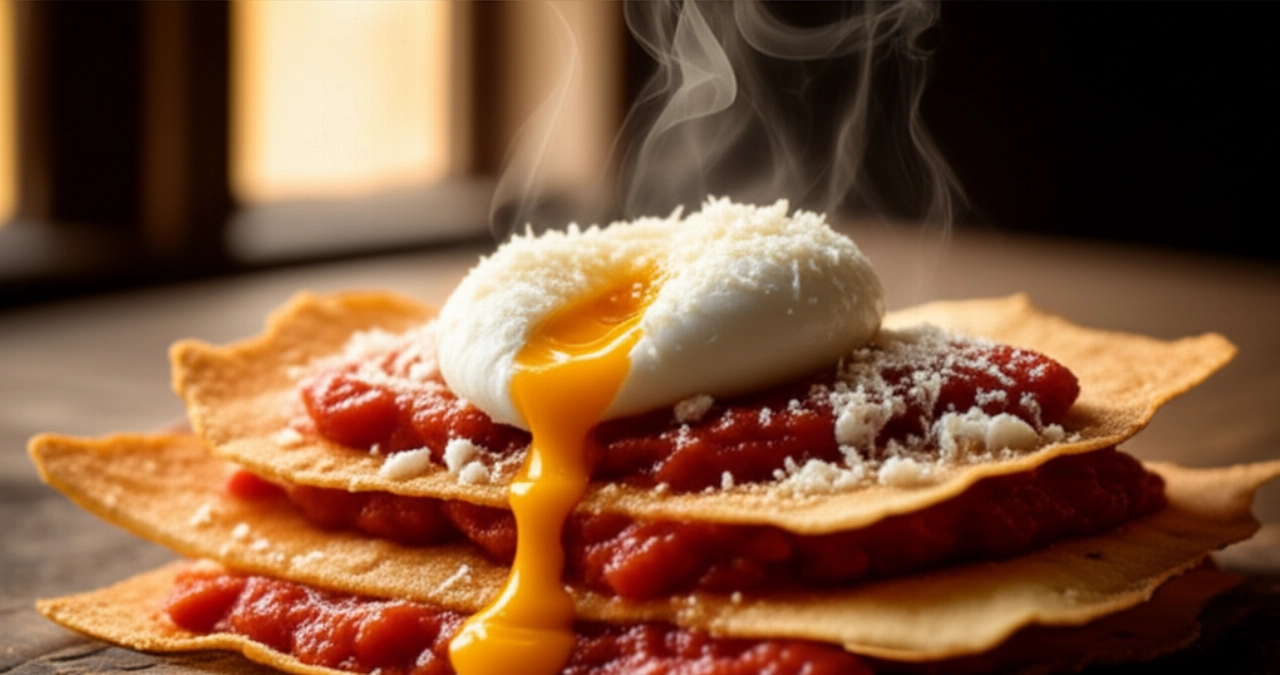Dreaming of bringing the unmistakable scent of Sardinia to your table, with a Porceddu with golden, super crispy skin and meat so tender it melts in your mouth? Imagine the admiring glances of your guests, the silence that falls as they savor every bite, and then the applause. A dream, right?
But too often, the reality is different: a dry suckling pig, burnt or, worse, rubbery skin. The fear of making a mistake is great, and the fear of wasting such a precious ingredient and a special occasion can stop you. Finding the true recipe, the one that guarantees success, seems like a daunting task.
Make yourself comfortable. On this page, you won't just find a list of ingredients, but the definitive guide, full of tricks and tips handed down by true Sardinian masters, for preparing the perfect spit-roasted Porceddu. Success is guaranteed, and the authentic taste of Sardinia will be on your table.
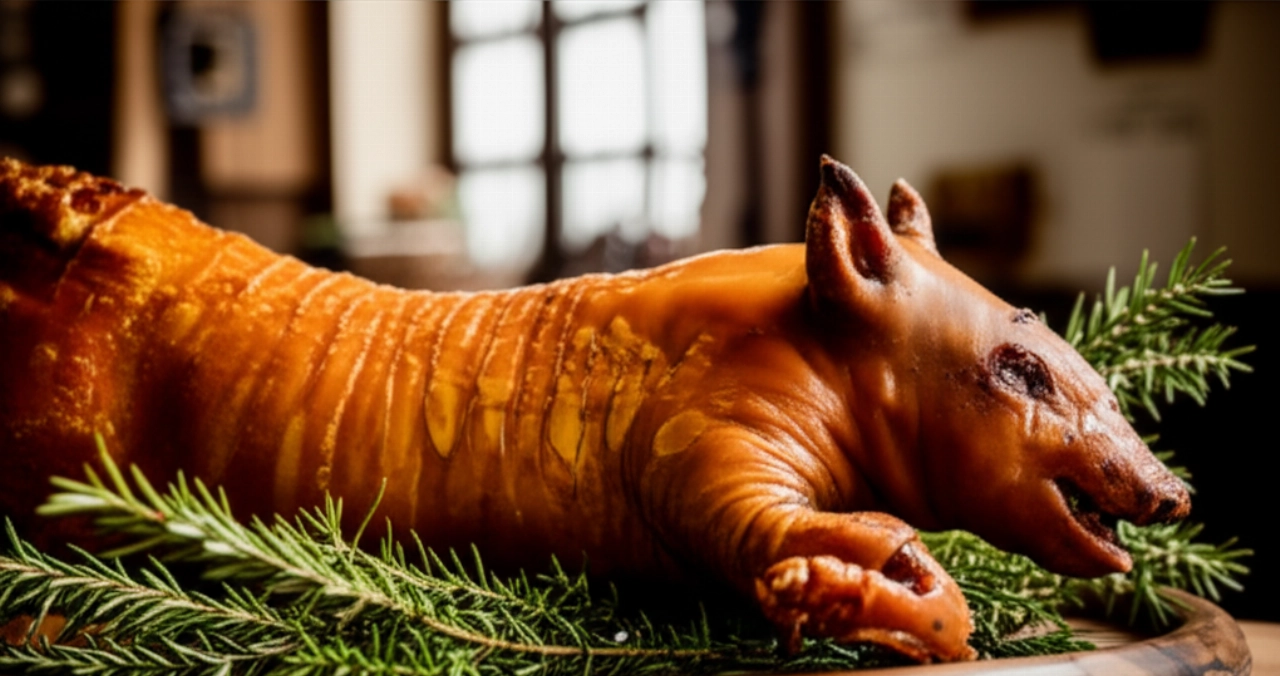
The Secret to Perfect Porceddu: Crispy Skin and Juicy Meat
The true secret of Porceddu, what makes it an unforgettable culinary experience, lies in the perfect balance between skin that crackles under your teeth and incredibly tender and juicy meat. It's not magic, but the result of a deep knowledge of raw materials and cooking techniques. I will guide you step by step to achieve this result, dispelling every doubt and fear.
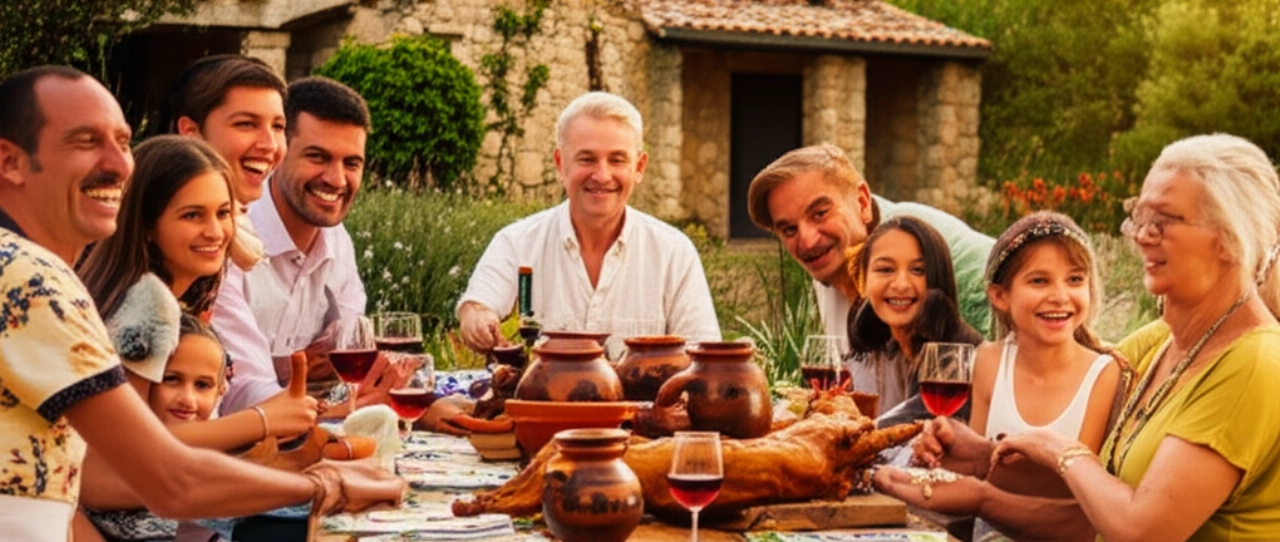
Smart Ingredients for a Fabulous Porceddu: The Choice That Makes the Difference
For such an iconic dish, the quality of the ingredients is fundamental. It's not just about quantity, but the conscious choice of every element.
- The Suckling Pig: Choose a suckling pig of about 5-7 kg, no larger. This is the ideal size to ensure uniform cooking and tender meat. Make sure it is fresh and from a certified source. Its young age is the first secret to succulence.
- Coarse Salt: Don't skimp on the salt. Coarse sea salt is essential not only for flavoring but also for helping the skin dehydrate and become crispy.
- Myrtle or Bay Leaf: These aromas are the soul of Porceddu. Myrtle, in particular, is an authentic Sardinian touch that gives an unmistakable aroma and a delicate flavor to the meat. You can use fresh sprigs or dried leaves.
- Water: Simply water, to baste the suckling pig during cooking and maintain internal moisture, preventing it from drying out.
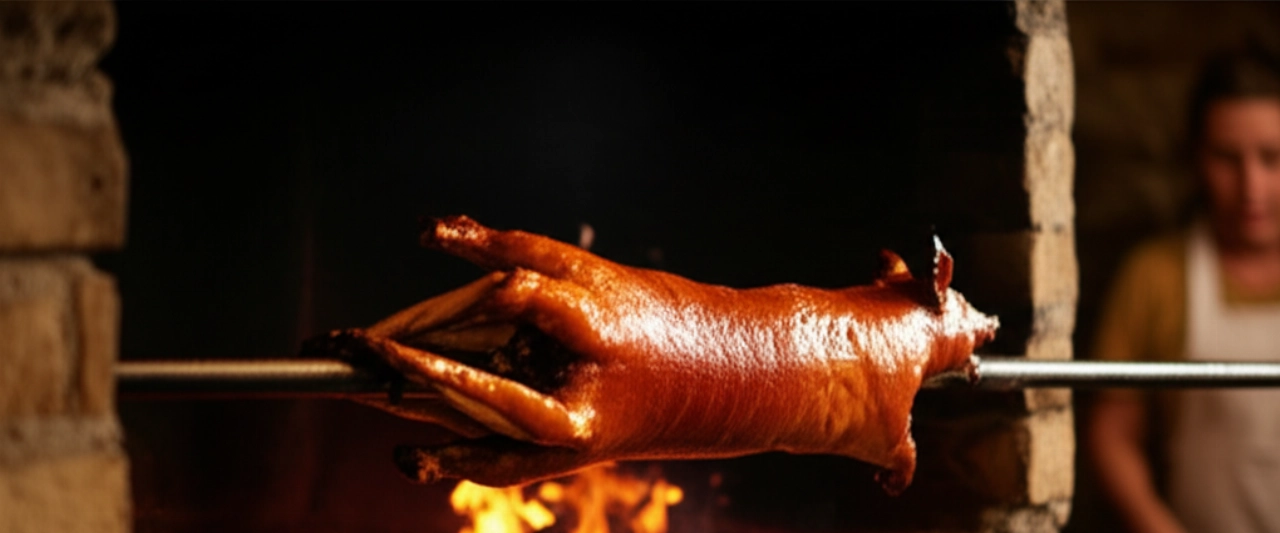
The 3 Mistakes That Make Porceddu Dry or Burnt (and How to Avoid Them)
Preparing Porceddu can seem intimidating, but common mistakes are often easily avoidable. I'm warning you, so you'll be one step ahead.
- Not Controlling the Temperature: The most serious mistake. Too high a temperature burns the skin and dries out the meat. Too low, and the suckling pig won't cook uniformly, remaining rubbery. The key is slow and constant cooking, with well-managed indirect heat.
- Not Basting the Suckling Pig: Many forget to hydrate the meat during cooking. This is vital for maintaining internal juiciness, especially during long hours of cooking. Basting with water or a mix of water and aromatics is a step you cannot skip.
- Not Preparing the Skin: Skin that is not scored or not properly salted will never become crispy. This is a fundamental preliminary step that is often underestimated.
The Extra Touch: The Advice a Sardinian Shepherd Passed Down to Me
Years ago, during a trip to Sardinia, an elderly shepherd revealed a trick to me that forever changed the way I prepare Porceddu. He told me: "Grandma taught me that the suckling pig must 'sweat' its fat slowly, and that the skin must 'sing' under the heat, not scream." This means that cooking must be slow, at a low temperature, and the skin must be massaged with coarse salt and then lightly scored before starting. Furthermore, placing a bed of myrtle under the suckling pig on the spit not only adds aroma but also helps distribute the heat more uniformly and maintain moisture.
Let's Prepare Spit-Roasted Porceddu Together: The Step-by-Step Guide
Preparing the Suckling Pig
- Cleaning and Drying: Wash the suckling pig thoroughly under running water, both inside and out. Then meticulously dry it with paper towels. Drying is crucial for crispy skin.
- Salting and Aromatics: Massage the suckling pig generously, both internally and externally, with coarse salt. Don't be afraid to overdo it; the meat will only absorb what's needed. Inside the belly, insert plenty of myrtle or bay leaf sprigs.
- Scoring the Skin: With a sharp knife, lightly score the skin in a diamond pattern, without cutting into the meat. This will help the fat render and the skin become crispy.
- Preparing for the Spit: Tie the suckling pig to the spit with wire or kitchen twine, ensuring it is secure and balanced. This is essential for uniform rotation and even cooking.
Spit Roasting (Traditional Method or Oven)
The traditional method is charcoal, but if you don't have an outdoor spit, you can adapt the recipe to the oven, with a few adjustments.
Charcoal Roasting (The Authentic Method)
- Lighting the Coals: Prepare a generous amount of coals, but not too close to the suckling pig. Cooking should be slow and indirect. The ideal distance is about 50-70 cm.
- Beginning Slow Cooking: Position the suckling pig on the spit and begin slow and constant rotation. Cooking will last from 4 to 6 hours, depending on the size of the suckling pig and the intensity of the coals.
- Constant Basting: Every 30-40 minutes, baste the suckling pig with water (or a mix of water and white wine, for an extra touch) using a brush or spray bottle. This keeps the meat moist and helps the skin brown without burning.
- Checking for Doneness: Towards the end, when the skin begins to brown, you can slightly move the suckling pig closer to the coals for the last 30-60 minutes to make it even crispier. The meat will be cooked when, pricking it with a skewer, the juices run clear.
Oven Roasting (Home Alternative)
- Preheat the Oven: Preheat the oven to 150°C (static mode).
- Placement: Place the suckling pig on a rack with a drip pan underneath to collect fats. You can put some water with myrtle sprigs at the bottom of the drip pan to create humidity.
- Slow Cooking: Cook for about 4-5 hours at 150°C, basting every hour with cooking juices or water.
- Final Cooking (Crispy Skin): Raise the temperature to 200-220°C for the last 30-40 minutes, or until the skin is golden and crispy. If necessary, you can use the grill function for a few minutes, but with extreme caution to avoid burning.
Resting and Serving
Once cooked, remove the suckling pig from the spit and let it rest for at least 15-20 minutes, covered with aluminum foil. This allows the juices to redistribute throughout the meat, making it even more tender. Then, cut the Porceddu into portions and serve hot, perhaps accompanied by roasted potatoes or a fresh salad.
Tips and Frequently Asked Questions about Porceddu
Here are some of the most common questions I get asked about Porceddu. I hope they help you!
- Can I prepare Porceddu in advance? Porceddu is a dish that is best enjoyed freshly cooked, especially for the crispiness of the skin. However, you can cook it a few hours in advance and gently reheat it in the oven before serving, but the skin might lose some of its crispiness.
- How can I get even crispier skin? In addition to scoring and salting, you can brush the skin with a little white vinegar in the last few minutes of cooking. The acidity helps to "draw out" the fat and make it crispier.
- What if the skin burns too quickly? If you notice the skin getting too dark, you can cover the most exposed parts with aluminum foil during cooking, especially if using the oven.
- What is the ideal weight for the suckling pig? As mentioned, a suckling pig between 5 and 7 kg is ideal. Beyond this weight, cooking becomes more complex and times significantly lengthen.
- Can I use herbs other than myrtle? If you can't find myrtle, bay leaf is an excellent alternative. Some also use rosemary or thyme, but myrtle is the aroma that most characterizes true Sardinian Porceddu.
Your Masterpiece is Ready!
There you have it! Now you no longer just have a recipe, but all the secrets to bringing a dish to the table that tastes of home, tradition, and love. Porceddu is not just a roast; it's an experience, a symbol of conviviality and celebration.
Don't be afraid to experiment, but start with this solid foundation and you'll see that applause will not be lacking. Cooking is an act of creativity, but with the right guidance, every dish becomes a success.
Have you tried our recipe? We are very curious to see your masterpiece! Leave a comment below, tell us how it went, or share a photo on Instagram by tagging @CercaRicette.it. If you loved this journey into Sardinian cuisine, you can't miss our recipe for Homemade Pane Carasau or for a perfect side dish like Crispy Roasted Potatoes.
